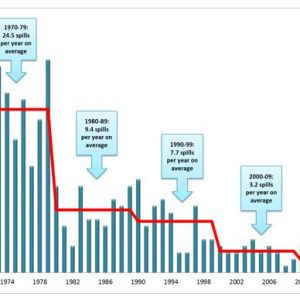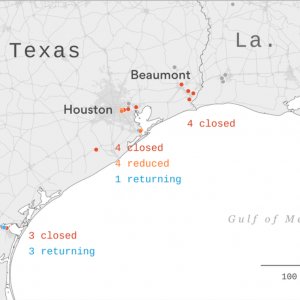Thanks to the just-passed Trump Tax Bill (and associated language therein unrelated to taxes), the federal government’s Department of the Interior is poised to open up the Arctic National Wildlife Refuge‘s so called 1002 (“ten-oh-two”) lands to new oil and gas exploration.
In the lead-up to this historic event that congressional Republicans and much of the wider Alakan population have been steadfastly lobbying for more or less continually for the past three decades, the New York Times has done an interesting perspective piece. The story references satellite imagery to look at the aggregate impact of the only well ever drilled there to date (KIC-1) and the subsequent impact following in the wake of of its launch in the 1980s.
Suffice it to say, all has not been a bed of roses; “In the 30 years since KIC-1 was drilled, techniques have changed somewhat. For one thing, directional drilling now allows operators to drill many wells from one pad. Yet KIC-1 shows how even when care is taken, the delicate landscape of northern Alaska can be damaged by drilling activities, and that the damage can persist.” writes Henry Fountain. The pad has long since been removed, but the location is still clearly visible (see below). And as we have seen from studies of aboriginal residents across Alaska, pre-industrial human impacts can persist for millennia. So what happens when you put a modern oil rig in the Alaskan wilderness. Well…even a second grader can pick out impact.
Safety and logistical concerns have consistently been key in the decisions to postpone exploration in various areas (Shell’s deepwater arctic efforts come to mind first). But the past year has seen a marked turn in federal policy towards oil and gas exploration with concerns such as those raised by KIC-1 apparently not serious consideration. There are always tradeoffs that can be made to be sure, but without objectivity and key facts/information, one might as well be drilling for oil…in Alaska.






Leave a Reply